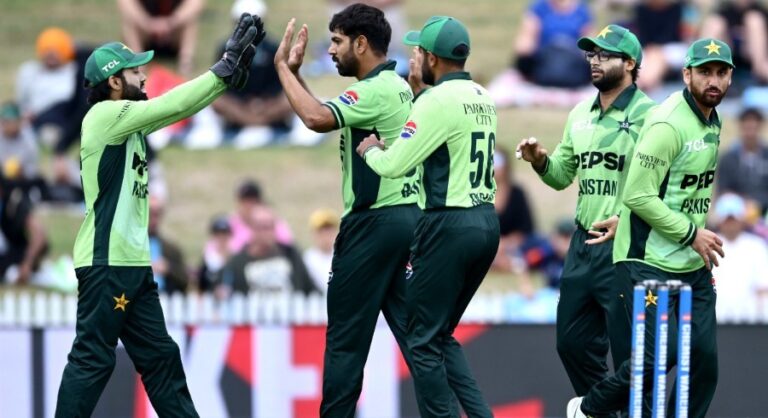The Pakistan Cricket Board (PCB) is growing increasingly concerned over the decline in performance of its national teams across all formats, a worrying trend observed over the past two years. Sources reveal that the matter was discussed in detail during the recent meeting of the PCB’s Board of Governors (BoG), which stretched for nearly three hours and brought sharp focus to the roots of the ongoing slump.
Also Read: Fraser-Pryce Eyes Glorious Farewell at Tokyo World Championships
PCB chairman Mohsin Naqvi attended part of the session, staying for around 15 to 20 minutes, while various departments — including International Cricket, High Performance Centre, Legal Affairs, and Women’s Cricket — presented their reports. According to insiders, members expressed dissatisfaction with the showing of the men’s senior side, the women’s team, and the Pakistan Shaheens, and directly questioned the International Cricket department over why results have continued to dip.
The department pointed to instability at the top as the primary factor behind the inconsistency. In less than three years, the board has seen four different chairmen, beginning with Ramiz Raja in 2021, followed by Najam Sethi and Zaka Ashraf — both serving six-month terms — and now Mohsin Naqvi, who took charge in February 2024. With each leadership change came wholesale restructuring, including the replacement of captains, selectors, and coaches, leaving players and management alike in a state of constant uncertainty.
Another issue highlighted was the board’s earlier decision in 2021 to restrict bilateral Test series to just two matches, a move that officials now admit hurt the team’s growth and competitiveness. However, the department confirmed that from the next ICC cycle starting in 2027, Pakistan will return to staging full home-and-away series consisting of at least three Tests, three One-Day Internationals, and three T20 Internationals. While this approach comes with significant financial implications, officials agreed that the investment is essential to raise standards and give players the exposure required to compete with the best.
The meeting also acknowledged the damaging impact of the National Cricket Academy’s closure in recent years, which stalled structured player development. To address this gap, the board has decided to ensure that the Pakistan Shaheens, seen as the feeder team for the senior side, will play regular series against major opponents, often in parallel with the national team’s tours. This, officials believe, will provide younger players with the experience needed to make smoother transitions to the highest level.
The High Performance Centre (HPC), meanwhile, stressed the importance of continuity in leadership roles. It recommended that long-term appointments be made for captains, selectors, and coaches, rather than the revolving-door approach that has left teams unsettled. HPC officials also assured the BoG that domestic academies would soon become fully operational, with visible improvements in player output expected within a year. They emphasized their willingness to provide input on appointments but noted that the ultimate decision-making authority lies with the PCB chairman.
The concerns raised at the BoG meeting reflect a growing realization within Pakistan cricket that constant upheaval is undermining progress. Teams across levels have struggled to find rhythm, with instability off the field translating into erratic results on it. By pledging to restore longer series, revive academies, and bring stability to key positions, the board hopes to create the foundations for sustained improvement.
For a cricket-loving nation that measures success not only in victories but also in pride and resilience, the PCB’s challenge is to match ambition with action. Ensuring continuity, investing in player development, and insulating the system from political and administrative churn may be the only way to restore Pakistan’s standing on the global stage.


